Rolling Over Your 401k
Need to roll over your 401(k)? Get the financial options you are looking for.
Whether you are changing jobs or retiring, a 401(k) rollover may be something you need to consider. Each situation comes with advantages and disadvantages, depending on what you want to do with your 401(k) and what’s important to you.
For example, does your former employer’s plan have the investments that you are looking for to reach your goals? What’s the expenses associated with your 401(k) plan compared to the other options out there available for you? Thinking about these questions can help you decide whether you keep your investments in the plan or roll them over to another option.
Here’s a look at the pros and cons of some different scenarios so you can make the best decision.
Are you still employed with no plans to change jobs?
When you’re looking at your 401(k) plan and not intending on making any significant life changes, your best bet is to keep your assets in your current employer’s plan. While you could choose the option of rolling-over your plan funds into an IRA, leaving your assets in your employer’s plan allows more benefits including familiarity with your investment options and potentially lower fees. You will also continue to enjoy tax-deferred growth in the plan and may have the option to withdrawal funds starting at age 55.
Not all 401(k) plans offer a Roth option, which doesn’t tax you for qualified withdrawals and you only pay taxes on the funds you contribute to the account. This would be another reason to consider moving some of your funds outside of the plan. You can contribute to both a 401(k) plan and a Roth or other IRA outside of employer plans. However, if the IRS limits are exceeded, you may lose out on the tax benefits. This is why it is so important to check with your tax advisor before making any adjustments to your retirement savings.
What to do with your 401(k) if you’re changing jobs
You have a few options to consider if you are changing jobs including whether to rollover into an IRA, keeping it in your former employer’s plan or rollover into your new employer’s plan.
While keeping it in the former plan is an option, having independence from your former employee is usually a key deciding factor into moving it. However, leaving it alone has some advantages as mentioned above – familiar investment choices, lower fees, additional resources for retirement questions, all while the account continues to grow tax-deferred.
Depending on the plan, a Roth conversion may not be allowed. Even if it is, Required Minimum Distributions (RMD) may still be required after age 72. Fees may increase if you leave employment, restrictions on withdrawal limits and options may be problem, and, if you don’t have a large balance, your former employer may require you to take it with you.

Choosing to roll your plan to your new employer’s plan helps to consolidate your retirement assets into one location allowing you to simplify and minimize the retirement planning process. Some of the same tax-deferred growth will be realized with this option but consolidating could save you money on fees, allow you to borrow from it, and if you were still employed at RMD age, you may be able to defer that requirement. This is not an option in other rollover choices.
In the instance that you roll your plan to a new employer’s plan, there is the potential for limited withdrawal options and a waiting period may be required before rollovers are allowed.
Another option is to rollover your 401(k) funds into an IRA that you open at a bank, credit union, or investment management firm. A 401(k) plan typically has pre-determined investment fund options or categories of investments specific to your risk style or years until retirement.
An IRA may open your horizons to a variety of additional investment opportunities outside of a plan’s investment choices.
When choosing a rollover to an IRA, be aware that loan options are not available and there are RMDs. Withdrawal rules and additional fees may apply.
Another option you have is to cash out your retirement plan. If you’re looking to cash out your assets, be careful. Additional penalties and fees may apply, you may forfeit future tax-deferred growth opportunities, and you may be taxed in a higher tax bracket. Keep in mind that your funds will not be available to you upon retirement in the way that they would be when choosing a rollover.
You’re retiring. Now what?
When retirement is on the horizon, you might start to think about how to wrap up any loose financial ends tied to your employment. Leaving your assets in the 401(k) plan where you retire is an option, but more commonly rolling over your 401(k) to either an IRA or cashing out your assets completely.
In the case that your employer isn’t taking care of your 401(k) plan in the way you want them to, you should consider a rollover to an IRA. Certain plan infractions could cause a plan to become disqualified, making all participants subject to immediate distribution of their balance, as well as to federal and state income taxes plus any applicable federal and state excise penalties. A rollover to an IRA allows you to avoid these.
Another factor to consider is whether your plan is becoming too expensive for you. Be sure to take another look at the nuances of your plan and understand all of the fees and expenses associated with your plan and investments. A rollover may reduce your personal expenses in the long run. Additionally, if consolidating your assets is a goal for you, consider a rollover. This will ensure that your investments align with your goals and that proper distributions are made when you reach RMD age.
At the end of the day, if you’re looking for quick, accessible cash and don’t want to have to consider the implications of a rollover, you may want to cash out your assets.
Keep in mind that a rollover isn’t always the way to go, at least not right away. If your retirement plan includes early retirement, you may want to think about waiting to rollover your plan, otherwise additional taxes and fees will apply. In order to avoid excise penalties, you must wait until the age of 59 ½. If you choose to leave your assets in a 401(k) plan instead and leave your employment either the year you turn 55 or later, you can take distributions prior 59 ½ and avoid those excise penalties.
If your retirement plan includes a later retirement past age 72, you may want to reconsider a rollover to avoid RMDs. Once you’re age 70, IRA holders are required to take RMDs and cannot avoid them.
Weighing both the pros and cons of rolling your 401(k) into an IRA or placing it elsewhere can be overwhelming when each side has a significant amount of considerations. However, Emerj360 can help. From designing a 401(k) or profit sharing plan to handling its ongoing administration, our experienced staff focuses their attention on the details so you don’t have to. Take a look at our Retirement Planning page and contact us to discuss the right options for you.

